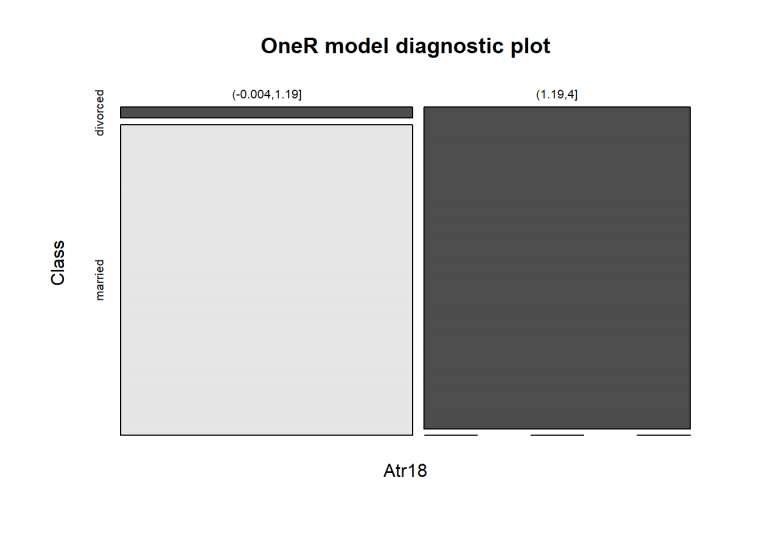

Older fonts used to have special characters for superscript 1, 2 and 3 for doing powers and a few footnotes and things on screens that were not WYSIWYG and could not actually raise the character (think a VT100 or similar). There are special characters for all the digits (and some or maybe all letters, too). 2076 is the hex Unicode value for a raised, little 6. Whereas highlighting 6 and hitting ‘Alt-x’ gives 2076. For example, if I highlight one of the characters and hit ‘Alt-x’, I don’t get what I might expect. I’ve got a document where the superscripts have been put in using actual superscripted numbers from elsewhere in the Unicode character set, not as Word superscripts.
#UXTERM DOES NOT DISPLAY FONTS WINDOWS#
Windows character map - I can’t see the search box… am I missing something? I sometimes end up using Google to find the character code, rather than visually hunting up and down through all the glyphs. Windows character map has a search box on the Advanced view, so I guess it works too, though it does not turn up eszet, and the search seems to only look within the selected font - not as good. I just typed ‘eszet’ in the search box and there it was. Now, this is handy because of the search box and because I can keep everything I’ve used in the copy space at the bottom.

Then I can tab out to any Windows application, not just Cygwin ones, and paste it in. But I can also highlight a single entry (or two) and right click to copy just that. If I hit ‘To Clipboard’ then the whole contents of the bar is copied ready for pasting. I can put the character into the copy bar at the bottom by double-clicking. I type ‘dagger’ and I get a list of all characters with that in the name. Now, it beats the Windows character map because it has the search box. This is the pop-up menu (XDG) Cygwin installs into the Windows notification area.When it starts, it looks like this: The KCharSelect window. I have no experience with KDE Windows native ( ).

So I click on ‘Show hidden icons’ and drill down and choose KCharSelect. I installed KCharSelect, so in the XDG menu, one of the entries is the character selector (like the ‘character map’ from Windows) from KDE.

I have the XDG menu installed (Cygwin package xwin-xdg-menu) and it launches on startup. I have Cygwin installed on my Windows machine. Very handy for finding and inserting unusual characters.
#UXTERM DOES NOT DISPLAY FONTS HOW TO#
I will try pcf version soon, but if anyone has tips on how to use the bitmap version and display powerline (zsh + Powerlevel10k) fonts properly in uxterm/urxvt it would be awesome.I think this is nifty.


 0 kommentar(er)
0 kommentar(er)
